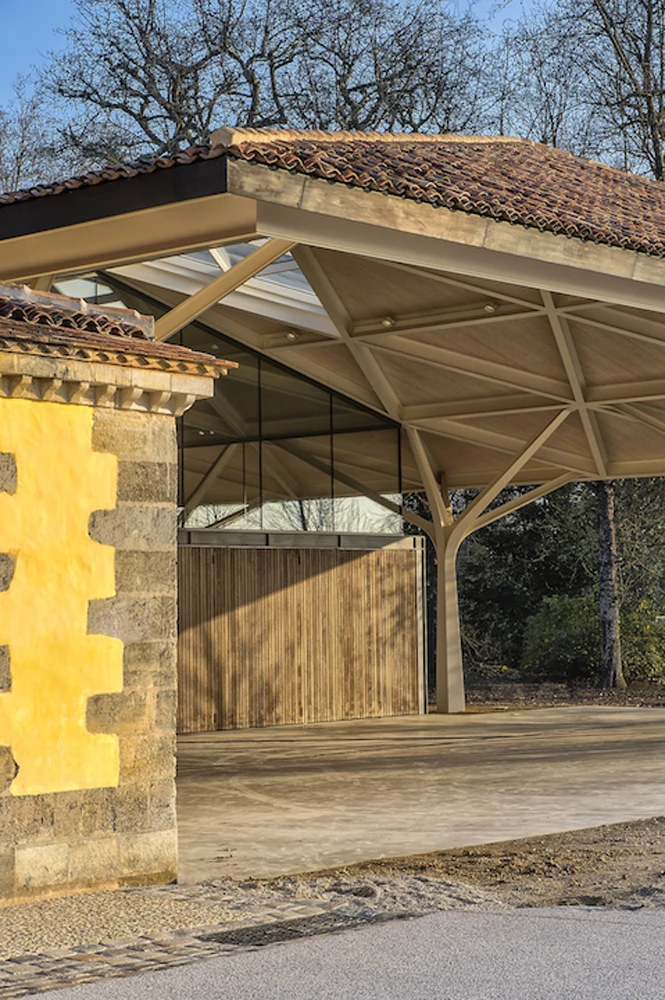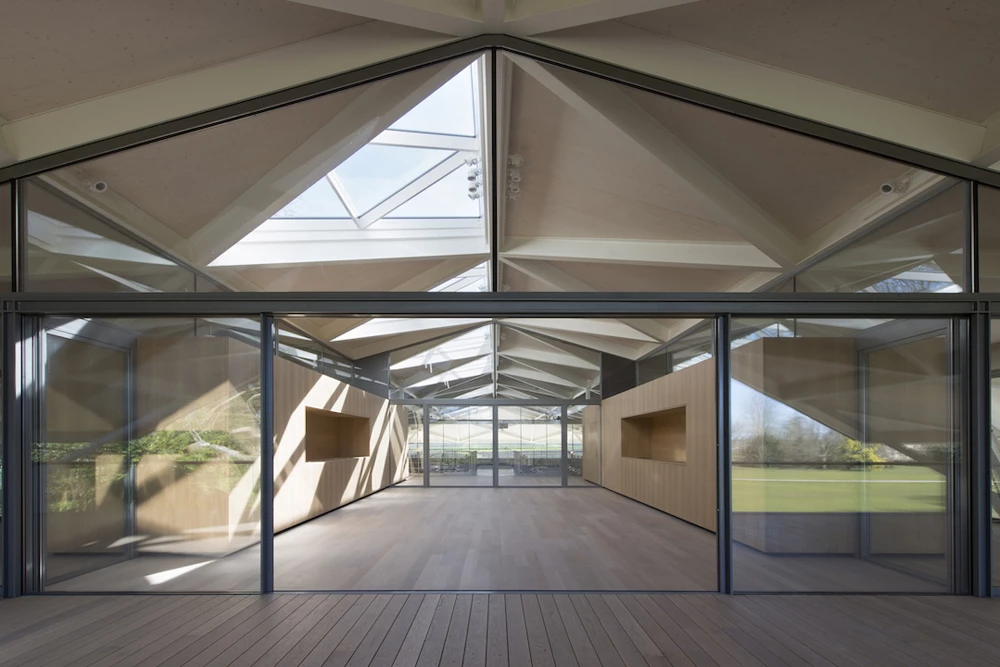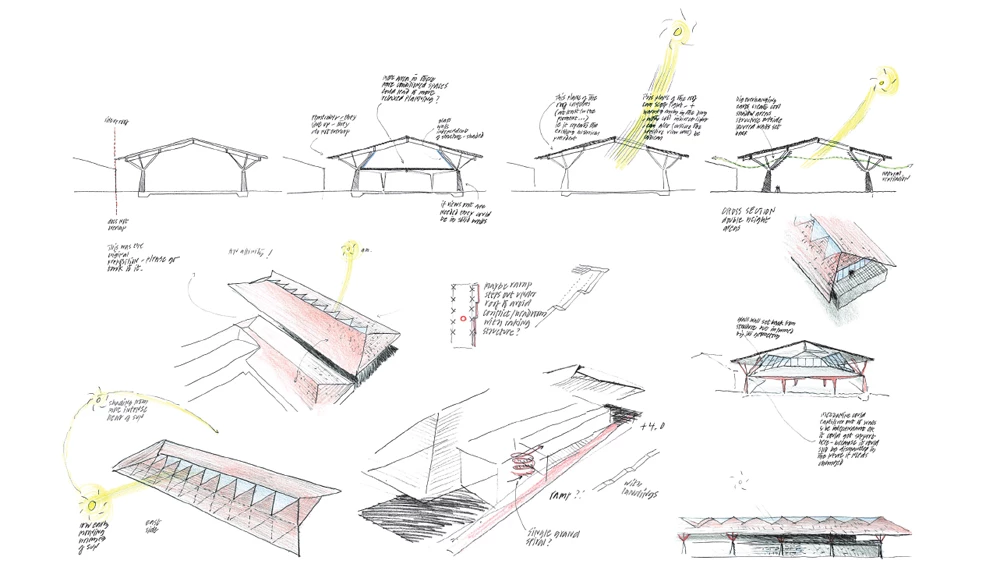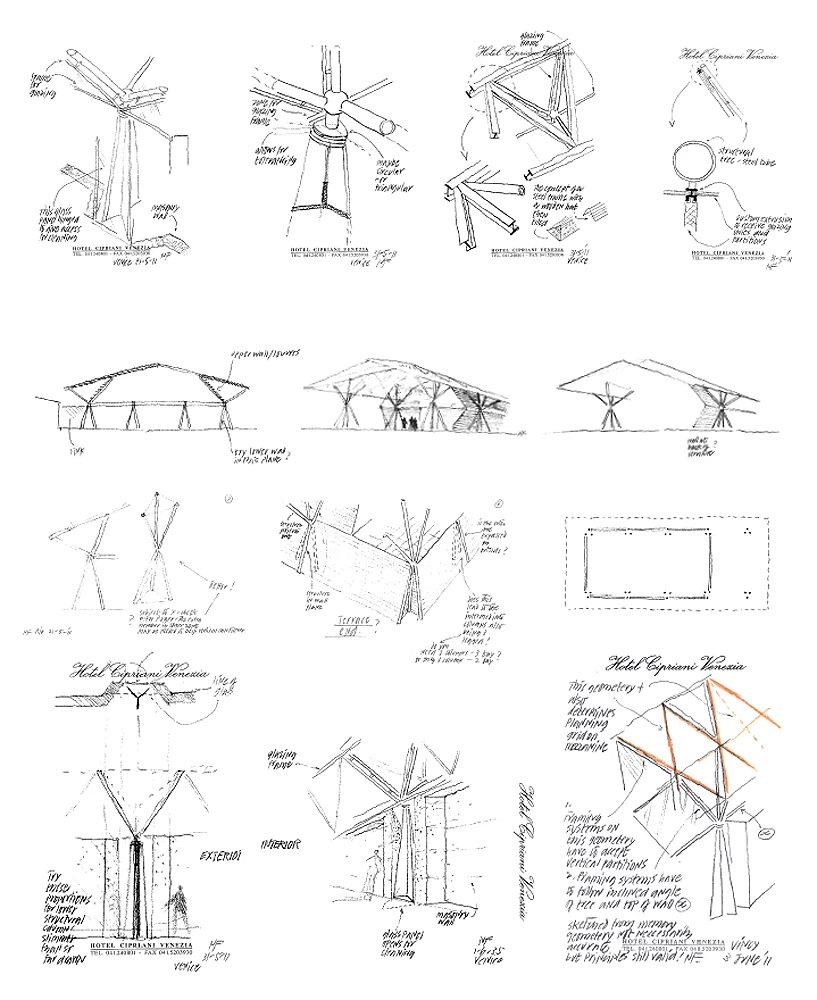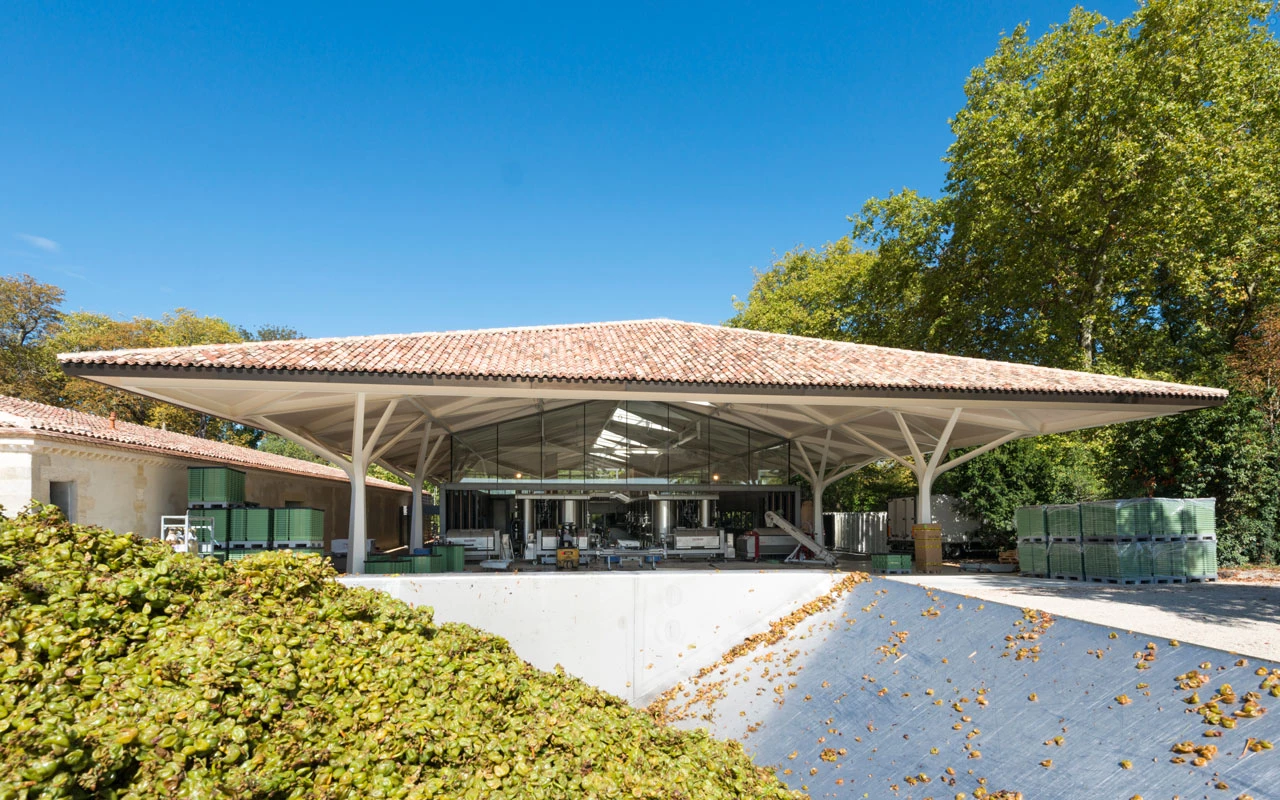Château Margaux Winery Extension in Bordeaux
Norman Foster- Type Cellar Industry Refurbishment
- Date 2015
- City Bordeaux
- Country France
- Photograph Nigel Young
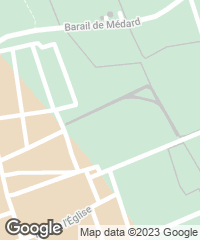
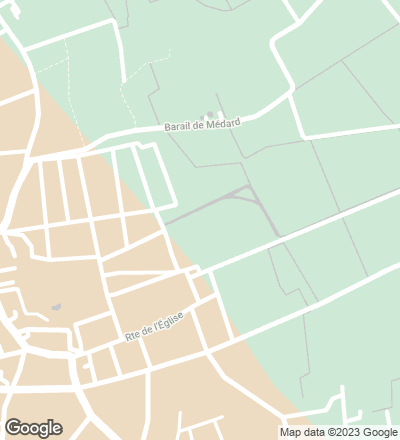
Located in the French region of Médoc, Château Margaux is a Premier Cru and one of the world’s leading wine producers. Since it was built in the early 19th century, the Bordeaux estate has evolved to meet changing operational requirements, but no longer has the capacity to adapt to meet future needs. Following a 2009 study, the practice has been appointed to design the first new construction on the site for 200 years, providing the estate with the flexibility and new facilities that will support its continued quest for excellence. To address the dual challenge of meeting exacting technical requirements, and integrating with the existing collection of buildings, the approach has been holistic.
The original estate was planned as an entire farming village, with the chateau surrounded by all of the industrial facilities needed for wine-making. A new building for the production of primarily white wine extends from the eastern wing of the existing winery complex, balancing the overall composition. The first step was to create a large open space under a big roof to shelter the conveyors during the harvest season. For the rest of the year this space can be used for events, and also becomes a new entrance. The rest of the roof shelters the technical, office and social spaces, and includes a new research and development centre. In its simplicity, the new building reinterprets the form of the existing industrial facilities, retaining this connection between process and architecture. A pitched roof, covered with weathered tiles, conceals amid the traditional structures a contemporary one, supported by tree-shaped load bearing columns and punctuated by light wells. In this way, the building addresses the double challenge of fulfilling the most demanding technical requirements while respecting the existing traditional complex.
In addition to new construction, the ensemble of buildings have been restored to their original design intent and the existing winery is connected to a new underground vinothèque, measuring 70 meters long. Located away from the flooding area, this provide safe, environmentally stable underground storage at the heart of the estate. This new facility is linked with the current refectory, which has been refurbished to form a new visitors’ centre, welcoming guests as the start and end point for tours of the estate. The historic Orangerie, the oldest structure on the estate, has also been refurbished.



